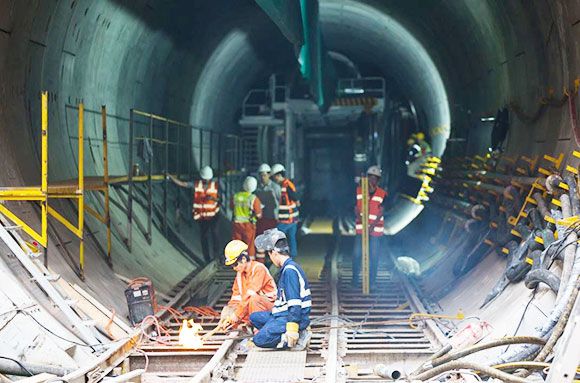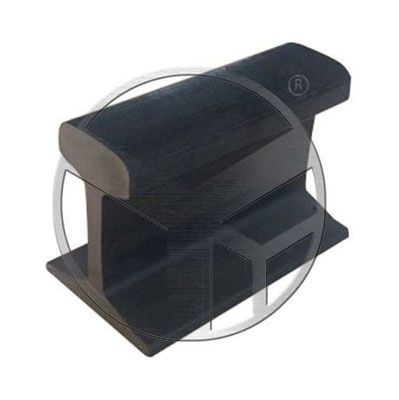Steel Rail Type Overview
Steel rails are an essential component of modern rail transportation systems, providing a durable and reliable foundation for trains to travel on. There are several different types of steel rails, each with its unique characteristics and advantages. In this article, we'll provide an overview of some of the most common steel rail types used in rail transportation systems around the world.
Flat Bottom Rails
Flat bottom rails are one of the most common types of steel rails used in modern rail transportation systems. As the name suggests, these rails have a flat bottom and are designed to be used with a variety of different rail fastening systems. Flat bottom rails are typically made from high-quality steel, which provides excellent durability and resistance to wear and tear.
Bullhead Rails
Bullhead rails are another common type of steel rail used in rail transportation systems. Unlike flat bottom rails, bullhead rails have a raised section in the middle that resembles the head of a bull. This raised section provides additional strength and stability, making bullhead rails an excellent choice for heavy-duty applications.
Tel Aviv Metro Project, Israel
Grooved Rails
Grooved rails are a specialized type of steel rail designed for use with tramways and light rail systems. These rails have a series of grooves cut into the top surface, which allows the tram or light rail vehicle to stay on track and maintain stability, even when traveling at high speeds or navigating sharp turns.
Guard Rails
Guard rails are a type of steel rail used to protect trains from potential hazards or obstacles along the track. These rails are typically installed alongside bridges, tunnels, and other areas where a derailment could cause significant damage or danger. Guard rails are often made from high-strength steel and designed to absorb the impact of a train in the event of a derailment.
Switch Rails
Switch rails are a specialized type of steel rail used in railroad switches, which allow trains to change tracks or switch between different routes. These rails are typically shaped like an "L" and are designed to interlock with other rails to form a secure and stable switch mechanism. Switch rails are often made from high-quality steel and are designed to withstand heavy loads and wear and tear over time.
Crane Rails
Crane rails are a specialized type of steel rail designed for use in crane tracks and other heavy-duty applications. These rails are typically made from high-strength steel and designed to withstand the weight of heavy equipment and materials. Crane rails are often used in steel mills, shipyards, and other industrial settings where heavy loads are a common occurrence.
Heavy Haul Rails
Heavy haul rails are a type of steel rail designed to withstand the extreme demands of heavy freight trains. These rails are typically made from high-strength steel and designed to withstand heavy loads, high speeds, and extreme temperatures. Heavy haul rails are often used in mining operations, oil and gas transportation, and other heavy-duty applications.
High-Speed Rails
High-speed rails are a specialized type of steel rail designed for use in high-speed train systems. These rails are typically made from high-strength steel and designed to withstand the high speeds and stresses associated with high-speed rail travel. High-speed rails are often used in countries with advanced rail systems, such as Japan, France, and China.
In conclusion, there are many different types of steel rails used in modern rail transportation systems around the world. Each type of rail has its unique characteristics and advantages, making it well-suited for a specific type of application or use case. Whether you're building a new rail system or upgrading an existing one, understanding the different types of steel rails available can help you choose the right rail for your needs.


评论
发表评论